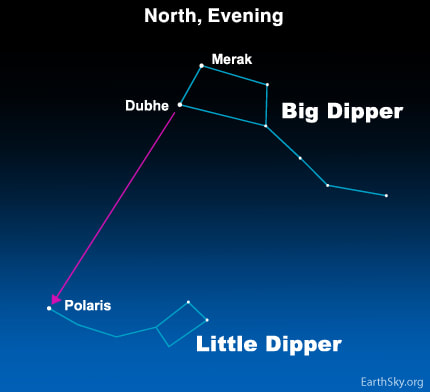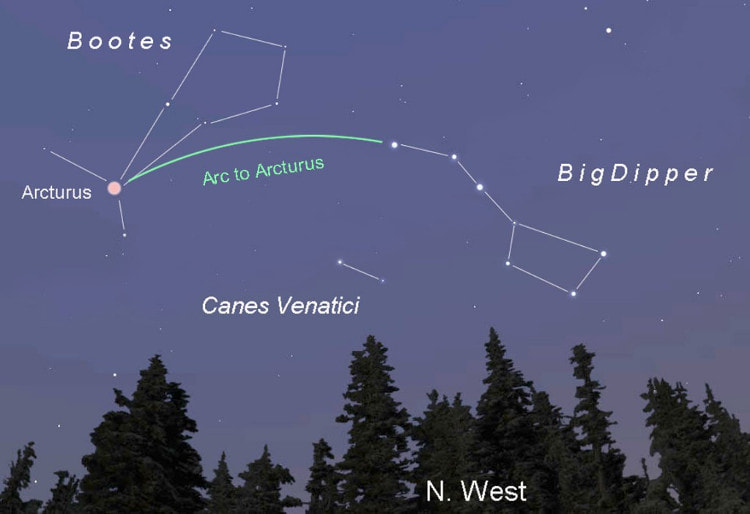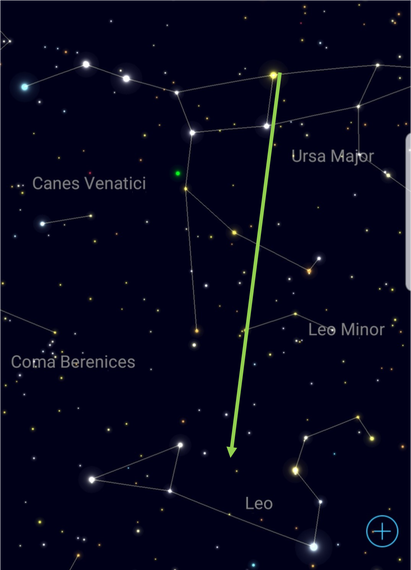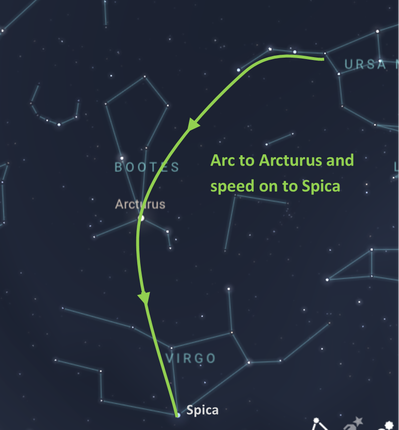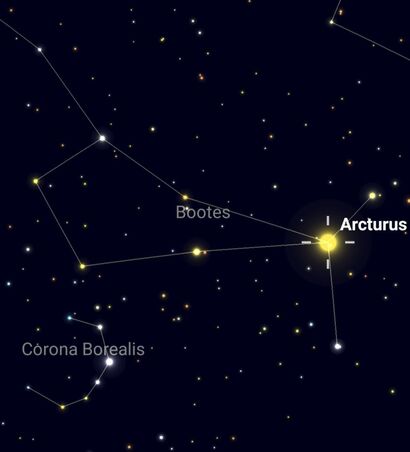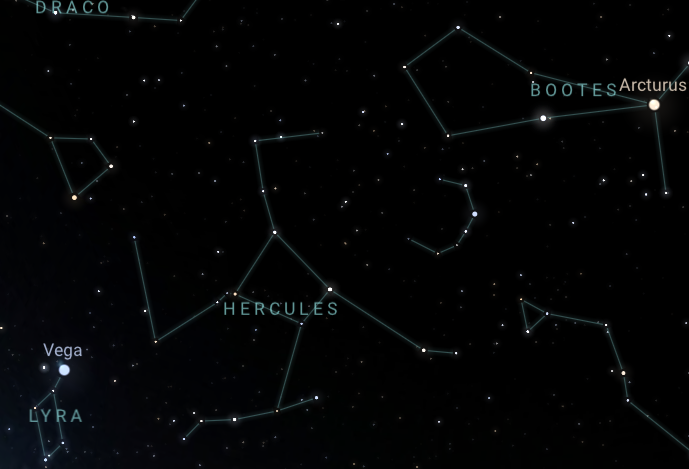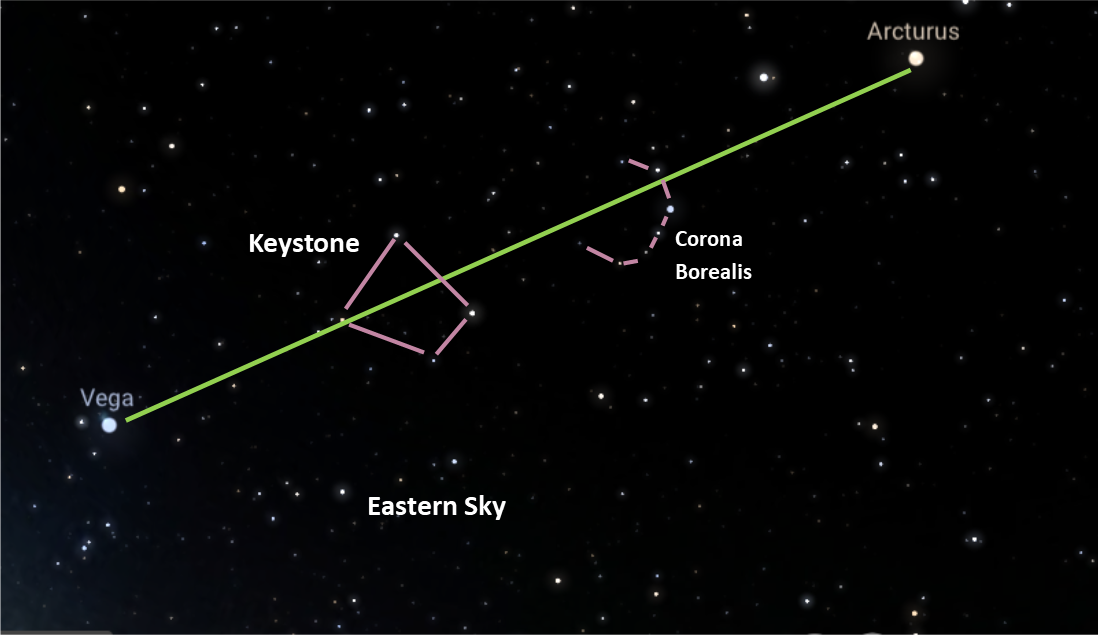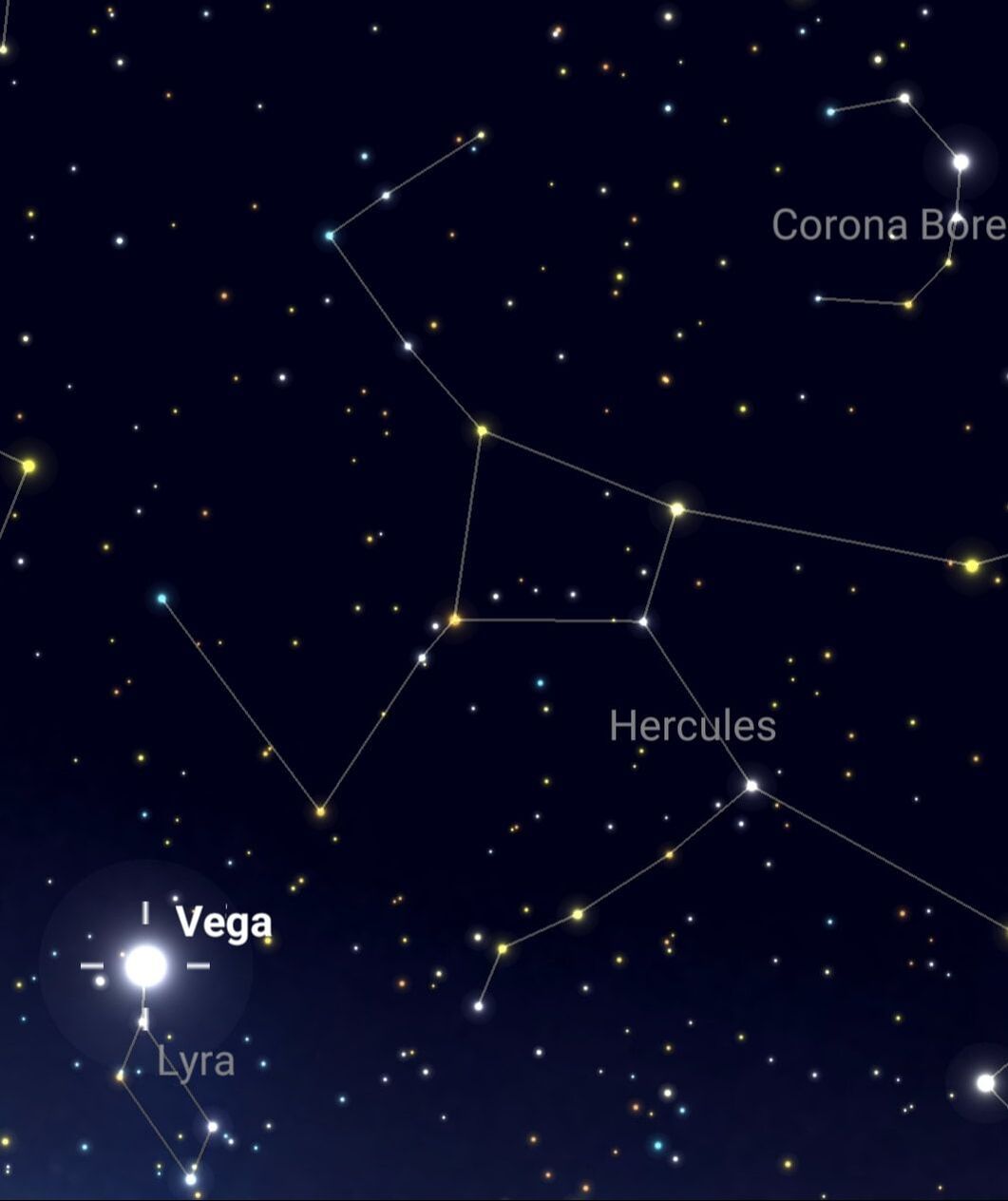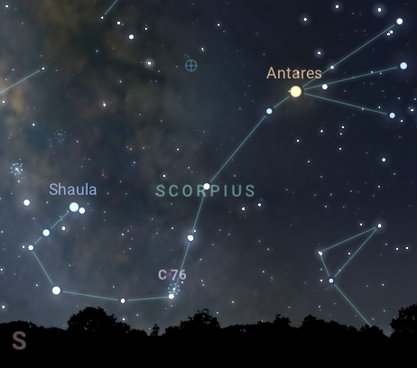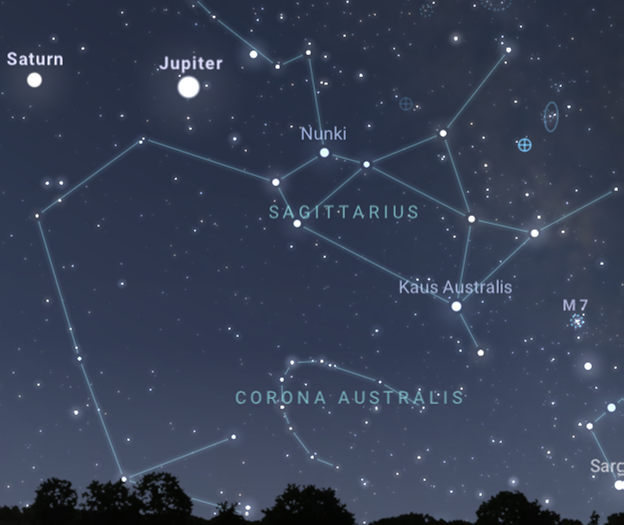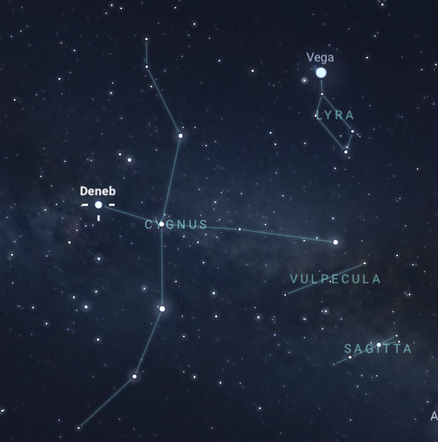night sky viewing guide
If you’re tired of being cooped up inside with your normal evening plans cancelled, why not give stargazing a shot? The night sky above us is vast and just waiting to be explored by you! There is no need for any fancy equipment to enjoy a tour of the universe. Now is a great time to see a ton of constellations, a few open star clusters, planets, the moon, and even (on dark moonless nights) a neighboring galaxy! Check out some of the resources below, and see our own tips on how to navigate your way around the stars.
Happy star hunting! Questions? Be sure to catch us on any of our social media sites: Facebook, Instagram, Tiktok, or email us at [email protected].
Happy star hunting! Questions? Be sure to catch us on any of our social media sites: Facebook, Instagram, Tiktok, or email us at [email protected].
NIGHT SKY VIEWING TIPS
Be Prepared! Here in Minnesota the weather and temperatures change in the blink of an eye. Remember that when stargazing you are outside at night, so no help from the sun for warmth. You also will not be moving around a lot so be sure to dress in layers. A great suggestion is to bring a pillow or blanket. If you are planning on looking into the sky for long periods of time it might be advantageous to lay on the ground to not strain your neck. Don't forget to bring the bug spray too!
Pick Your Observing Spot! You might be lucky enough to stargaze from your own backyard, but many are not. Make sure that your spot does not have any tall obstructions (houses, tall trees close to you, street lights, etc.) that will cover up the majority of the sky.
Give Your Eyes Time! If you are waiting for the sky to darken, or waiting for your eyes to get used to the dark, you have to give it time. It can take your eyes 10 minutes to fully relax and adjust to the darkness, and when it does you will be able to see so many more stars you couldn't before. Be sure to not browse your phone or other electronics as their bright screen will ruin your night vision. If you are using your phone with a stargazing app see if there is a red screen/night vision option to keep your eyes adjusted to the darkness. Tip: You can make a "night vision" flashlight to help you navigate outside. Just take a flashlight and place clear packing tape over the light portion and color with red marker/sharpie. This will be a makeshift "red filter" and help you keep your night vision.
Start Simple! Don't be overwhelmed with the amount of stars in the sky, or constellations, or planets, or what even is a nebula? Focus on 2 or 3 constellations to get yourself used to navigating the sky. You can then build upon what you learned and expand your knowledge of the cosmos. Remember, this is supposed to be a fun relaxing activity!
Distinguishing a Planet From a Star! Have you ever heard of the song: "Twinkle, Twinkle, Little Star"? well there is some truth to it! If you are looking at a bright speck in the sky look to see if it twinkles. Does the brightness kind of waiver? You have yourself a star! If it does not twinkle, but it is still a bright dot in the night sky what is it? It is one of our neighboring planets. Depending on the time of night as well as the time of year you can see planets like Mercury, Venus, Mars, Jupiter, and Saturn with relative ease and without the help of a telescope.
Download a Stargazing App on Your Phone! There are a lot of free apps out there that can make navigating the night sky super easy. You can try out multiple and see what suits your style best. Some will even have information about the objects you are looking out.
Stay Curious! If you are new to stargazing, or astronomy, or just want something to do for one evening, remember that the universe is massive! You don't need to know everything about everything. Have fun with it. Take some family time and explore together, kids love to play connect the dots in the sky, whether it be to form known constellations, or to make their own!
Pick Your Observing Spot! You might be lucky enough to stargaze from your own backyard, but many are not. Make sure that your spot does not have any tall obstructions (houses, tall trees close to you, street lights, etc.) that will cover up the majority of the sky.
Give Your Eyes Time! If you are waiting for the sky to darken, or waiting for your eyes to get used to the dark, you have to give it time. It can take your eyes 10 minutes to fully relax and adjust to the darkness, and when it does you will be able to see so many more stars you couldn't before. Be sure to not browse your phone or other electronics as their bright screen will ruin your night vision. If you are using your phone with a stargazing app see if there is a red screen/night vision option to keep your eyes adjusted to the darkness. Tip: You can make a "night vision" flashlight to help you navigate outside. Just take a flashlight and place clear packing tape over the light portion and color with red marker/sharpie. This will be a makeshift "red filter" and help you keep your night vision.
Start Simple! Don't be overwhelmed with the amount of stars in the sky, or constellations, or planets, or what even is a nebula? Focus on 2 or 3 constellations to get yourself used to navigating the sky. You can then build upon what you learned and expand your knowledge of the cosmos. Remember, this is supposed to be a fun relaxing activity!
Distinguishing a Planet From a Star! Have you ever heard of the song: "Twinkle, Twinkle, Little Star"? well there is some truth to it! If you are looking at a bright speck in the sky look to see if it twinkles. Does the brightness kind of waiver? You have yourself a star! If it does not twinkle, but it is still a bright dot in the night sky what is it? It is one of our neighboring planets. Depending on the time of night as well as the time of year you can see planets like Mercury, Venus, Mars, Jupiter, and Saturn with relative ease and without the help of a telescope.
Download a Stargazing App on Your Phone! There are a lot of free apps out there that can make navigating the night sky super easy. You can try out multiple and see what suits your style best. Some will even have information about the objects you are looking out.
Stay Curious! If you are new to stargazing, or astronomy, or just want something to do for one evening, remember that the universe is massive! You don't need to know everything about everything. Have fun with it. Take some family time and explore together, kids love to play connect the dots in the sky, whether it be to form known constellations, or to make their own!
Finding constellations
|
The Big Dipper- Ursa Major-The Great Bear). The dipper part of the Ursa Major constellation is easily one of the most recognizable in the sky! Four bright stars form a rectangle, or bucket, for this giant spoon and three other stars form the handle. The big dipper is always in the sky no matter the year so it is a great one to start out with. The Big dipper will also show you to our other two constellations.
The Little Dipper-Ursa Minor-Little Bear. Using the two stars that make up the far side of the bucket that makes a line. With that line going from the bottom far corner to the top far corner and continue the line through the sky until you hit another star. This is Polaris aka the North Star aka the end star of the handle in the Little Dipper! The rest of the Little Dipper (also known as Ursa Minor) are two other stars that form a handle and four stars to make the “bucket” of this little spoon. How easy was that? Polaris never moves in the night sky. It is directly above the Earth’s axis so no matter the time of night you are looking for Polaris it is always in the same spot! |
|
Bootes. Using the three stars that make up the handle of the Big Dipper it makes a sort of arc. Follow that arc from the bucket of the big dipper down the handle and continue that arc through the sky. You will end up on a bright star of Arcturus which is the bottom of Bootes. It looks like a kite, an ice cream cone, or a herdsman if you use your imagination!
|
|
Leo-The Lion. Leo the lion is one of the most recognizable constellations in the sky, as well as one of the oldest. In part because the shape truly does resemble that of a lion laying down. The "official" discovery of this constellation was in the 2nd century by Ptolemy. However, there have been findings of what looks like Leo, or part of Leo dating back to 4000 BC in the Mesopotamia area. Leo has been dubbed many famous lions throughout different cultures and histories. In Greek Mythology Leo was Nemean the lion who was killed by Herucules in the first of his twelve labors.
When looking at the stars that make up Leo the front part of the lion body is a backwards question mark/sickle shape. The back haunches of the lion is made up by three stars that form a triangle. (Picture a Lion laying down like the great Spinx in Egypt) The Big dipper can also help you find Leo if you are having troubles. Simple make a line from the two outer stars that form the bucket of the big dipper. Moving from the top right star through the bottom right star follow the line you created. You will land right in the middle of Leo’s body where you will clearly be able to see that backwards question mark. |
|
Virgo-The Virgin/Maiden. Virgo is the 2nd largest constellations in the sky. It's a sign of the change of seasons from winter to spring as Virgo rises above the horizon and is best seen from April-June. You can often find the moon or one of the planets close by to this constellation too.
In order to locate Virgo in the night sky you can either look below the hindquarter of Leo or use the Big Dipper and Bootes. If you are using the latter option you start out with the dipper handle arc and follow that arc to the star Arcturus which is the bottom of the constellation Bootes. Keep following that arc until you reach the next bright star in the path. That is Spica which is the brightest star in the constellation Virgo! Remember the saying: "Arc to Arcturus and speed on to Spica". |
|
Corona Borealis-The Northern Crown. Corona Borealis is a small constellation in a semicircle shape with the brightest star, aptly named Gemma (jewel), in the center of the crown/tiara. It is located between Bootes and Hercules in the night sky. If you were to find the constellation Bootes as mentioned above, then look just off to the left of Bootes' shoulder. The semicircle is not super bright, but a traceable target. Even though this constellation is small, many different cultures around the globe have recognized it in various ways. While the Greek saw it as a crown the Arabs saw a poor man's bowl since it was not perfectly round. The native american tribe the Cheyenne say it modeled their camp circles they created, whereas other tribes like the Skidi said it was a council of elders. Even Australian Aboriginal astronomers called it a boomerang!
|
|
Herculues-The Great Hero. Son of Zeus. In traditional Greek mythology the son of Zeus was Heracles, not Hercules. Hercules was the son of Jupiter, and a Roman counterpart to Heracles. Same guy different name. In modern day we have adopted to saying Hercules, even if we are talking about the Greek stories.The constellation in the sky can be outlined to look like an upside down kneeling man. Some of the stars may be faint and difficult to trace, but there is an easy part to spot. It is called the Keystone. It is made up of 4 stars and is the most noticeable part of this constellation found near the center which makes it easier to locate the rest of the constellation.
In order to locate Hercules, if you cannot find the keystone, you can locate the bright star of Arcturus and then find Vega, which will be the brightest star in the eastern sky. If you draw a line between the two it goes right through the keystone of Hercules. That line between Arcturus and Vega also goes through Corona Borealis, so if you can spot that half circle constellation, Hercules is going to be next to it. |
|
Lyra-The Lyre. It is a very small constellation but it contains the star Vega, which is the 3rd brightest star in our night sky! In order to find Vega this time of year look in the east-northeast sky and find the brightest star. Vega will be one of the first stars that you will see when the sky starts to darken. A lyre is a small stringed instrument that looks similar to a handheld harp and frequents many Greek stories and is considered the most important and well-known instrument in ancient Greece.
Here’s some mythology to go along with Lyra-the lyre: Lyra represents a man in ancient Greece named Orpheus. Orpheus was a great musician and poet, being the son of one of the oldest of the Greek muses (Greek goddesses of the arts). The god Apollo gave Orpheus a golden lyre and taught him to play, and his mother taught him to write verses. Orpheus's adventures included helping the Argonauts best the sirens. He did so by playing his lyre to drown out the deadly siren songs letting the Argonauts sail out of danger. A more tragic and less triumphant story about Orpheus was after his beloved wife died he struck a deal with Hades to get her back. Hades told Orpheus that if he left the underworld with his wife following behind him and never once looked back on the way back to the mortal world then his wife’s life would be restored and they could be reunited. Orpheus almost made it out of the underworld, but then temptation overcame him and he glanced back when he was at the entrance to the mortal world. He watched as his wife disappeared in front of his eyes as he realized what he had done. Orpheus spent the rest of his days playing sad songs on his lyre lamenting his lost love. After Orpheus’s death the gods placed his lyre in the skies as a tribute to the contribution he made to the arts through his music, as well a tribute to his lost love. |
|
Scorpius–The Scorpion. Part of the zodiac constellations and best seen in July and August. It is home to Antares, a bright orange-red star and one of the brightest in the southern sky in summertime. Paired with the three stars in a vertical line making up its head and pincers to the right and then a curved tail to the left that makes this constellation actually look like its namesake.
The tail of Scorpius is seen as a fish hook in some cultures, and is the hook of Maui, demi-god of Polynesian mythology. Maui would pull islands up from the sea with the help of his hook and is depicted when the constellation dips down beneath the horizon for part of the year. In Greek mythology, Scorpius was sent by Gaia (Mother Earth) to kill Orion after the great hunter boasted about his intent to kill all animals on earth. Now that both parties are in the night sky Orion is allowed to hunt during the winter months but during the summer, Scorpius chases him out of the sky, which is why you never see these two constellations at the same time. |
|
Sagittarius-The Archer. Another zodiac constellation, this grouping of stars is a summer constellation that is highest in the southern sky August-September. The brightest stars that make up the constellation also resemble the shape of a teapot. In order to locate this constellation you can look into the southern sky slightly above the horizon. Alternatively, in dark skies, you can find the milky, star filled band of the Milky Way that goes across the sky and towards the horizon in the south. Sagittarius is located within the band of the Milky Way, but close to the horizon. In fact, many state that the Milky Way is “steam” coming out of the teapot spout.
The constellation Sagittarius is a centaur (half man, half horse) and an archer that has a variety of identities depending on who you ask. He can represent a famous centaur in Greek Mythology named Chiron, given a place among the stars by Zeus after seeing how compassionate the centaur was. Chiron gave up his immortality to release the god of fire, Prometheus, from eternal punishment. Other stories state that Sagittarius was not Chiron but just an amazingly fierce archer that was hunting after Scorpio (who in turn was hunting Orion). In the constellation, you see Sagittarius’s bow pointed at Scorpio to the west. |
|
Cygnus-The Swan. For finding this constellation right now, you will really need to crane your neck! Cygnus is currently located almost at the zenith of the sky, which is the point in the sky that is directly above the observer. This constellation is one of the few that actually looks like its namesake. The long neck of the swan follows the path of the Milky Way and points south with its wings outstretched in flight. Cygnus’s brightest star, Deneb, is the tail of the swan. This constellation was first catalogued by the Greek Astronomer Ptolemy in the 2nd century.
|
READING A STAR MAP
One of the best things to learn how to do is read a star map! But how do you do that? Check out the steps below on how to properly read a map of the night sky:
1. figure out which direction is north on your map
2. When you are outside face north (or about where you think north is)
3. On your sky map have north at the bottom of the page and south at the top (this will make sense I promise)
4. Since the map is of the sky, looking down at it won't be very helpful. Lift your map above your head and look up at it like you are looking into the night sky. Now the side of the map labeled "north" should be at the north horizon that you are already facing!
5. Your sky map should now look similar to the actual sky.
You can find star maps ranging in complexity online. Go out and find yourself some awesome constellations. It's just like a giant universe-sized connect the dots!
1. figure out which direction is north on your map
2. When you are outside face north (or about where you think north is)
3. On your sky map have north at the bottom of the page and south at the top (this will make sense I promise)
4. Since the map is of the sky, looking down at it won't be very helpful. Lift your map above your head and look up at it like you are looking into the night sky. Now the side of the map labeled "north" should be at the north horizon that you are already facing!
5. Your sky map should now look similar to the actual sky.
You can find star maps ranging in complexity online. Go out and find yourself some awesome constellations. It's just like a giant universe-sized connect the dots!
OTHER RESOURCES
Bell Museum- Minnesota's official natural history museum and planetarium. Being a part of the University of Minnesota that Bell Museum offers a wide variety of quality information about the night sky!
NASA- For all things space, NASA is the place to go. They have a ton of activities, and resources, from beginner to advance, for all ages. Whether its their NASA at Home Program, their STEM Engagement, or anything in between you can't go wrong!
Space.com- Great source for space exploration, astronomy news, and learning about humanity's journey to discover more about the final frontier.
NASA- For all things space, NASA is the place to go. They have a ton of activities, and resources, from beginner to advance, for all ages. Whether its their NASA at Home Program, their STEM Engagement, or anything in between you can't go wrong!
Space.com- Great source for space exploration, astronomy news, and learning about humanity's journey to discover more about the final frontier.
